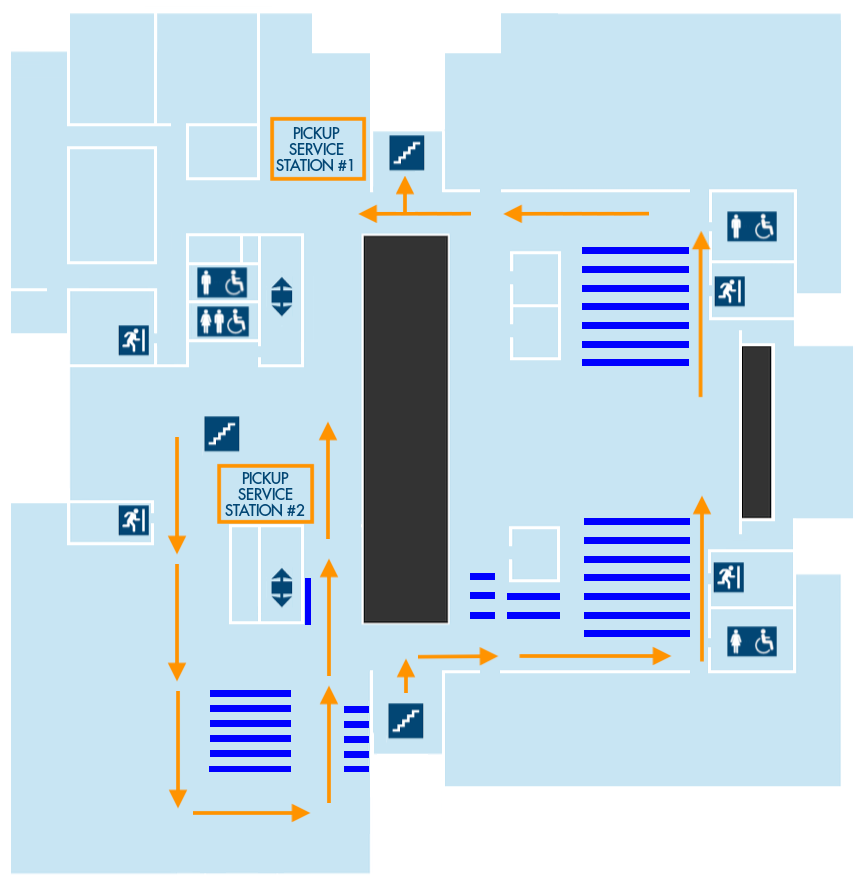Social Distancing with StackMap
As some regions are easing COVID-19 restrictions and people start to venture out of their homes and into public spaces, libraries are gearing up for a new culture of browsing while trying to maintain their community spirit.
We asked our library clients about how they plan to safely reopen their doors. Every facility has a different approach, but the overwhelming consensus was that browsing and book retrieval will need to be contactless and user-directed.
From those who responded to our survey (35 libraries total), 57 percent were academic libraries, 40 percent were public libraries, and 3 percent were special libraries. Approximately 17 libraries will be opening in a limited capacity, only three will be fully open when restrictions are loosened, five have planned for a phased opening, and two will only be doing returns and check-outs. Public computers will only be accessible at 11 libraries and nine will allow patrons to browse the shelves themselves.
Pandemic-related struggles have run the gamut; some libraries are trying to reconfigure budgets while others are concerned about meeting admissions quotas in the fall. There's no telling exactly what library services will look like when this is all over. However, here are some ways StackMap can make the experience more intuitive for patrons during this transition:
Contactless Service. To decrease the use of shared computers and touch screens, patrons can use StackMap on their phones to find and locate the books they need. By directing patrons to the app, there’s no need to orchestrate a socially-distanced line to the reference desk, and in turn, library staff will have more time to focus on other tasks, such as coordinating curbside pick-up orders and research assistance.
Visual indicators. Creating a contactless environment also means making changes to our maps. We’re working with individual libraries to edit their maps so that they highlight traffic flow and pick-up points. Limiting stack traffic to one-way rows is a basic and effective way to maintain social distancing in the library.
Signage. Staff can download and print out any of the maps in the StackMap dashboard and post them around the library so patrons know the directional flow of the stacks. We also have downloadable signage reminding users that StackMap is available for their use to direct themselves through the stacks efficiently and safely.
Send us an email at support@stackmap.com for an editable version of this sign so you can add institution-specific information and a logo.
Product Development. Since hold retrieval is being used more than ever, we’re investigating implementing StackMap into the retrieval process which would make it faster and easier for staff to locate items. We are also working toward providing more functionality in the dashboard that would allow librarians to continuously update a wide variety of items that go beyond shelving ranges, such as furniture. Currently, these types of items can be moved at the graphic level, but we are developing tools for library staff to be able to make even more of these changes directly in the dashboard.
Maintaining social distance is the biggest need for libraries right now. By the same token, we’re in an important moment for our communities to take advantage of fantastic digital library resources that may have been overlooked in the past. StackMap is here to help libraries deliver the highest level of service and safety as facilities reopen and we enter this new chapter in library service.


